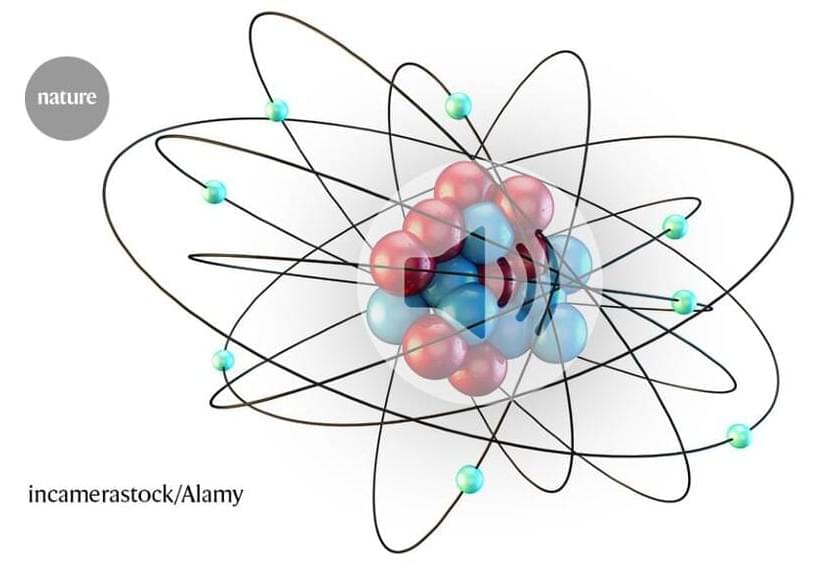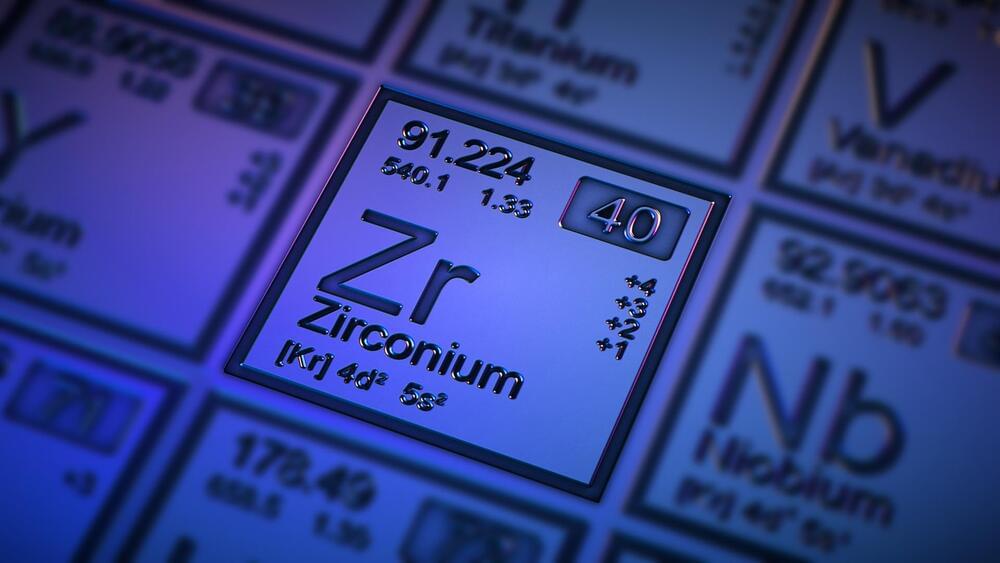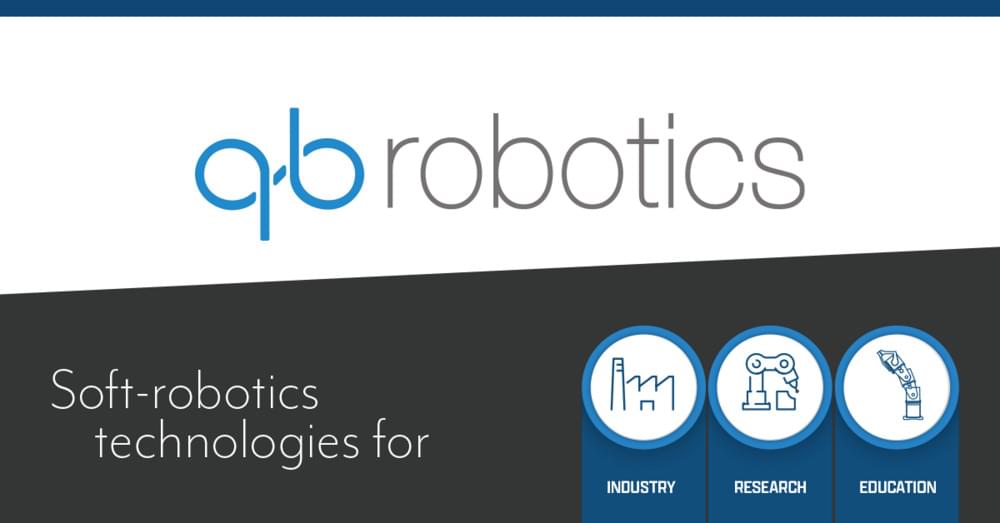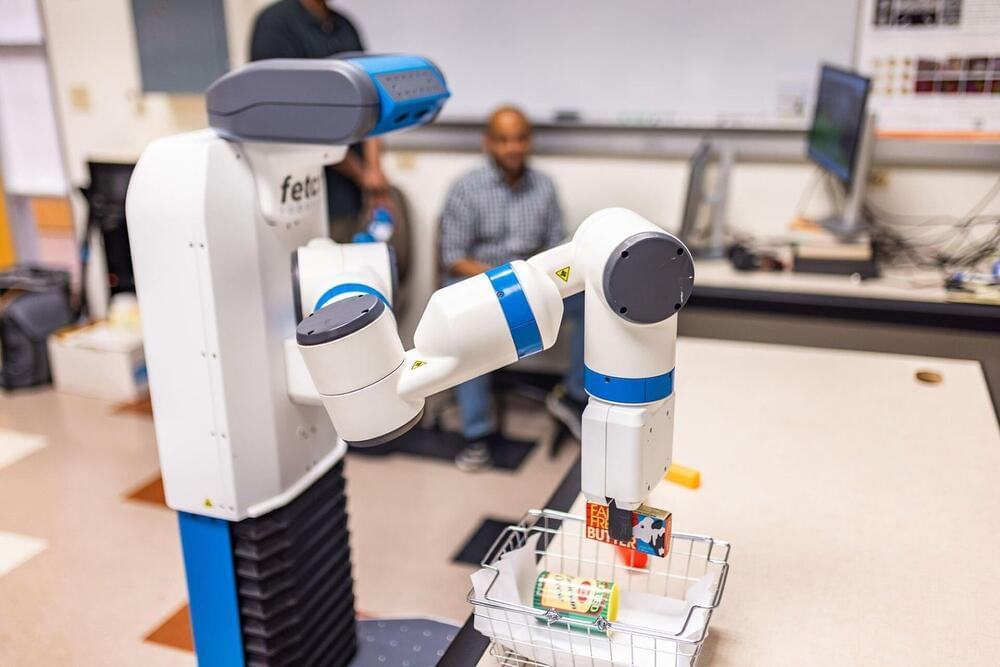https://youtube.com/watch?v=1kWApU3o6ko&si=_7JgLVO8jzTZN0ZM
This is a sequence from a 3-minute animation that examines a unique formulation for building an effective therapy using the latest in nanotechnology, including monomers that organize into a controlled, self-assembling nanotube.
We worked very closely with our clients to deliver a detailed, accurate visualization of key attributes such as nanotube morphology, organization of dimers, and overall formation of the lanreotide nanotube.









